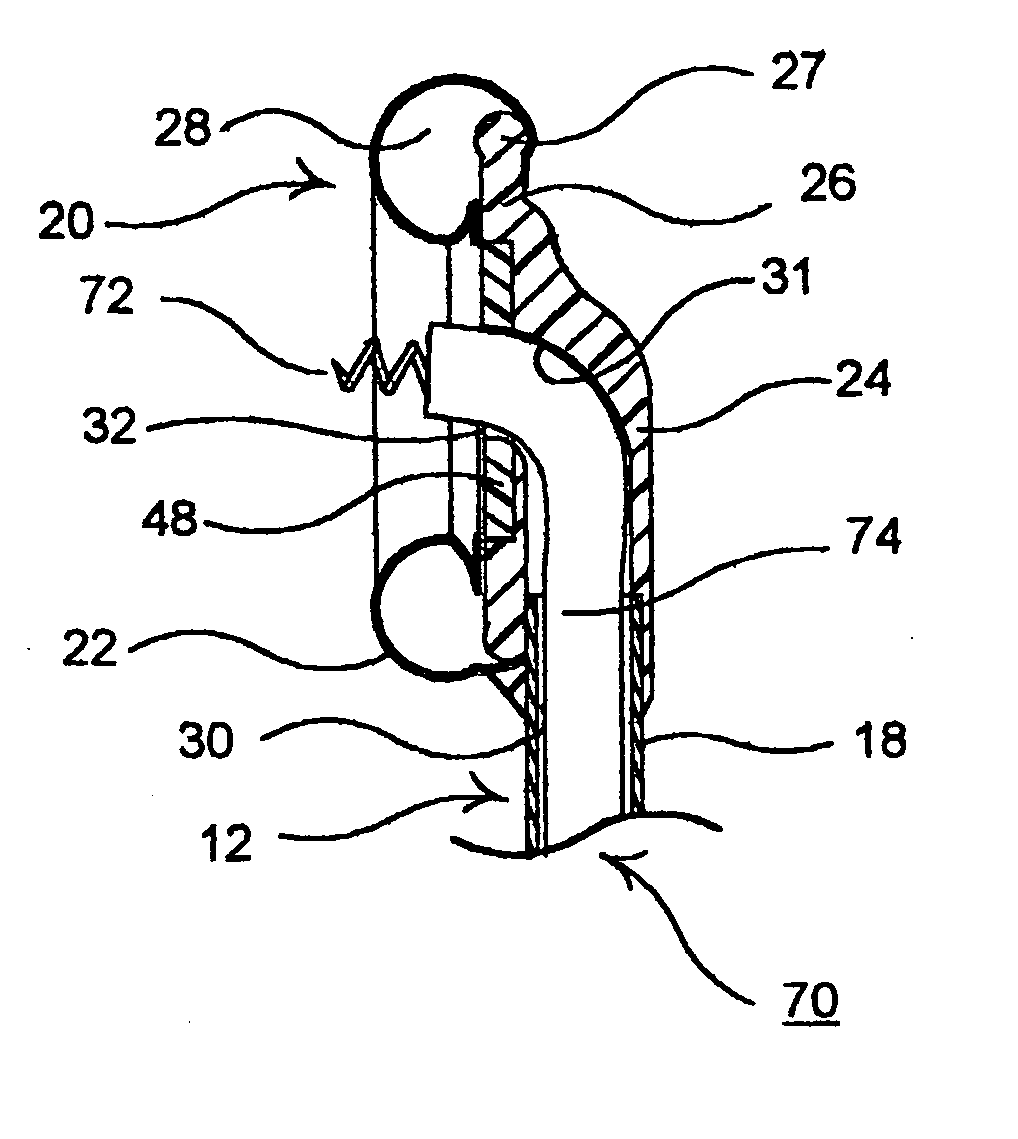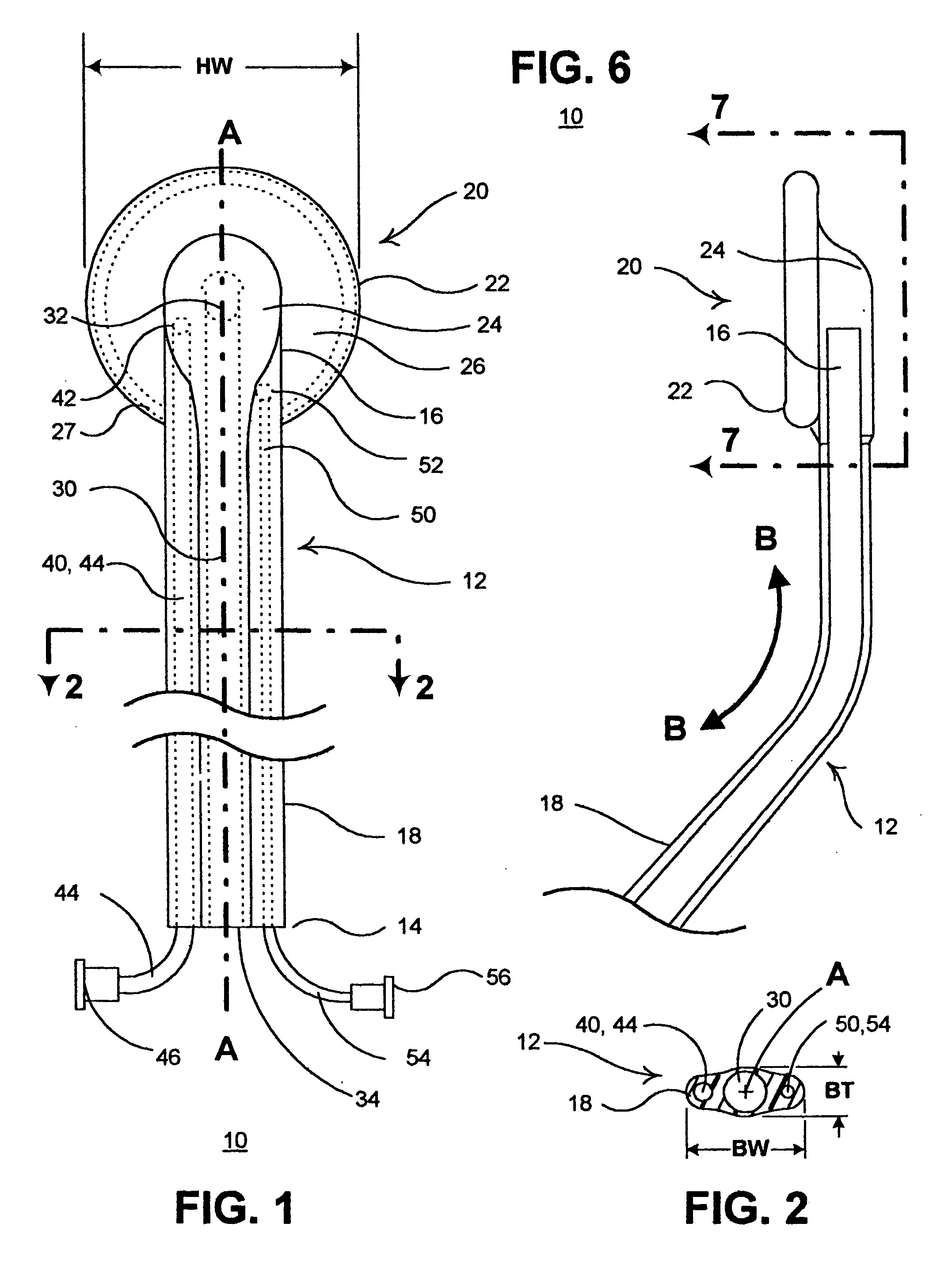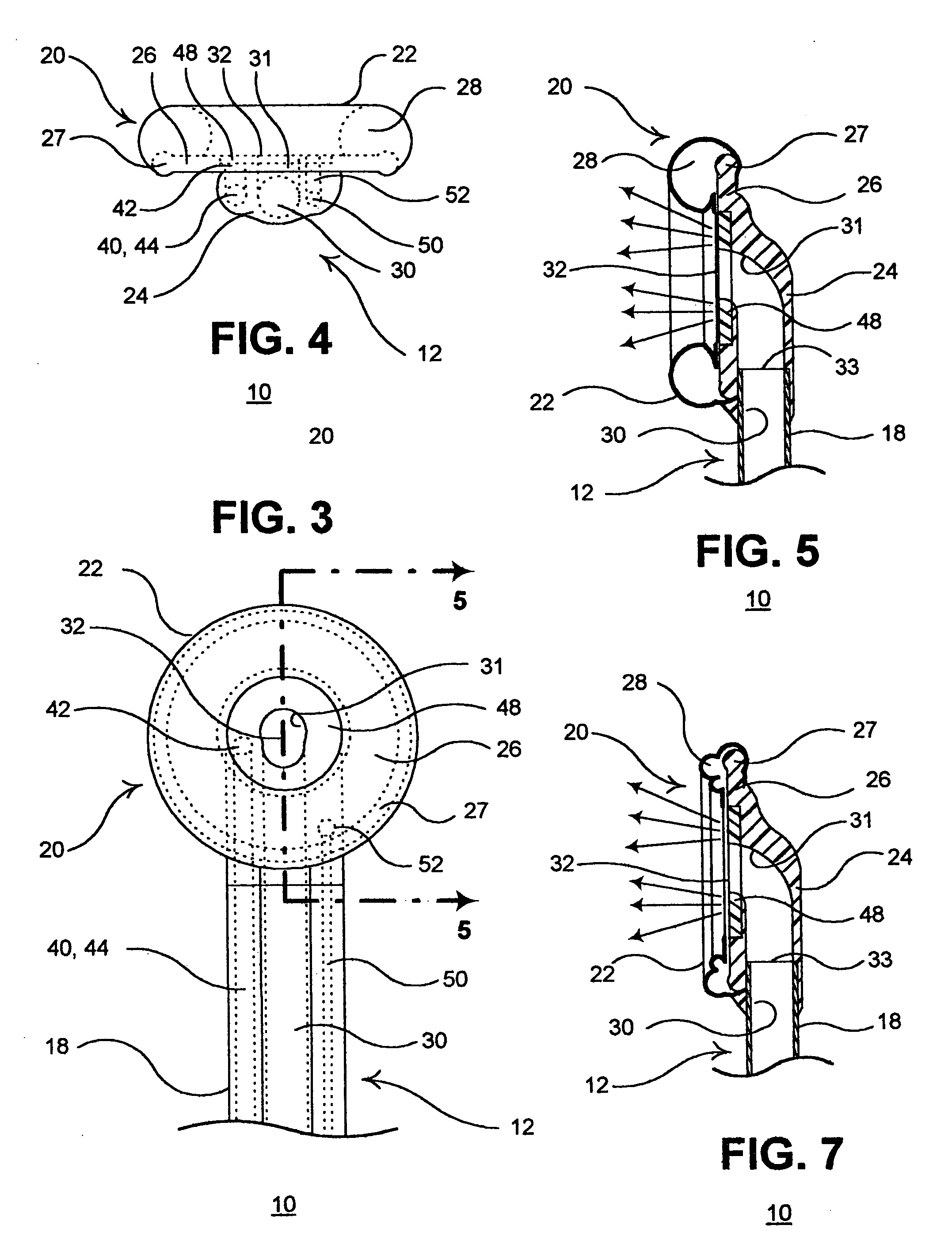Instruments and methods for accessing an anatomic space
an anatomic space and instrument technology, applied in the field of instruments and methods for accessing and expanding anatomic space, can solve the problems of unattractive scars, carries additional complications, and thoracic muscle and rib injuries
- Summary
- Abstract
- Description
- Claims
- Application Information
AI Technical Summary
Benefits of technology
Problems solved by technology
Method used
Image
Examples
Embodiment Construction
[0046] In the following detailed description, references are made to illustrative embodiments for carrying out the invention, particularly for entering the pericardium to access pericardial space and enlarge a working space over the epicardium of the heart in a minimally invasive manner in order to visualize the epicardial space and to introduce medical instruments, drugs, materials and to permanently implant medical devices, particularly to introduce and fix an electrode of a cardiac lead to the heart.
[0047] In a first preferred embodiment illustrated in FIGS. 1-7, the access instrument 10 comprises an elongated access instrument body 12 coupled to a distal header 20 adapted to be advanced to a site in the body, particularly a site in the pericardial space.
[0048] The access instrument body 12 is formed of an elastomer, e.g., silicone rubber or polyurethane or the like, having an instrument body length extending between the instrument body proximal end 14 and the instrument body d...
PUM
 Login to View More
Login to View More Abstract
Description
Claims
Application Information
 Login to View More
Login to View More - R&D
- Intellectual Property
- Life Sciences
- Materials
- Tech Scout
- Unparalleled Data Quality
- Higher Quality Content
- 60% Fewer Hallucinations
Browse by: Latest US Patents, China's latest patents, Technical Efficacy Thesaurus, Application Domain, Technology Topic, Popular Technical Reports.
© 2025 PatSnap. All rights reserved.Legal|Privacy policy|Modern Slavery Act Transparency Statement|Sitemap|About US| Contact US: help@patsnap.com



